President Xi Jinping started an inspection tour in Northwest China's Qinghai Province on Monday. He first visited Shengyuan Carpet Group, a carpet manufacturing company based in Xining, to learn about how the company is creating more jobs and increasing the residents’ incomes by leveraging the advantages of local resources, using new design concepts to boost its products' competitiveness.
Adding international color
Together with Oriental and Persian rugs, the Tibetan woolen carpet is one of the world's three most famous carpets. With its history of more than 3,000 years, Qinghai is the hometown of Tibetan carpets, thanks to the wool, main raw material produced locally.
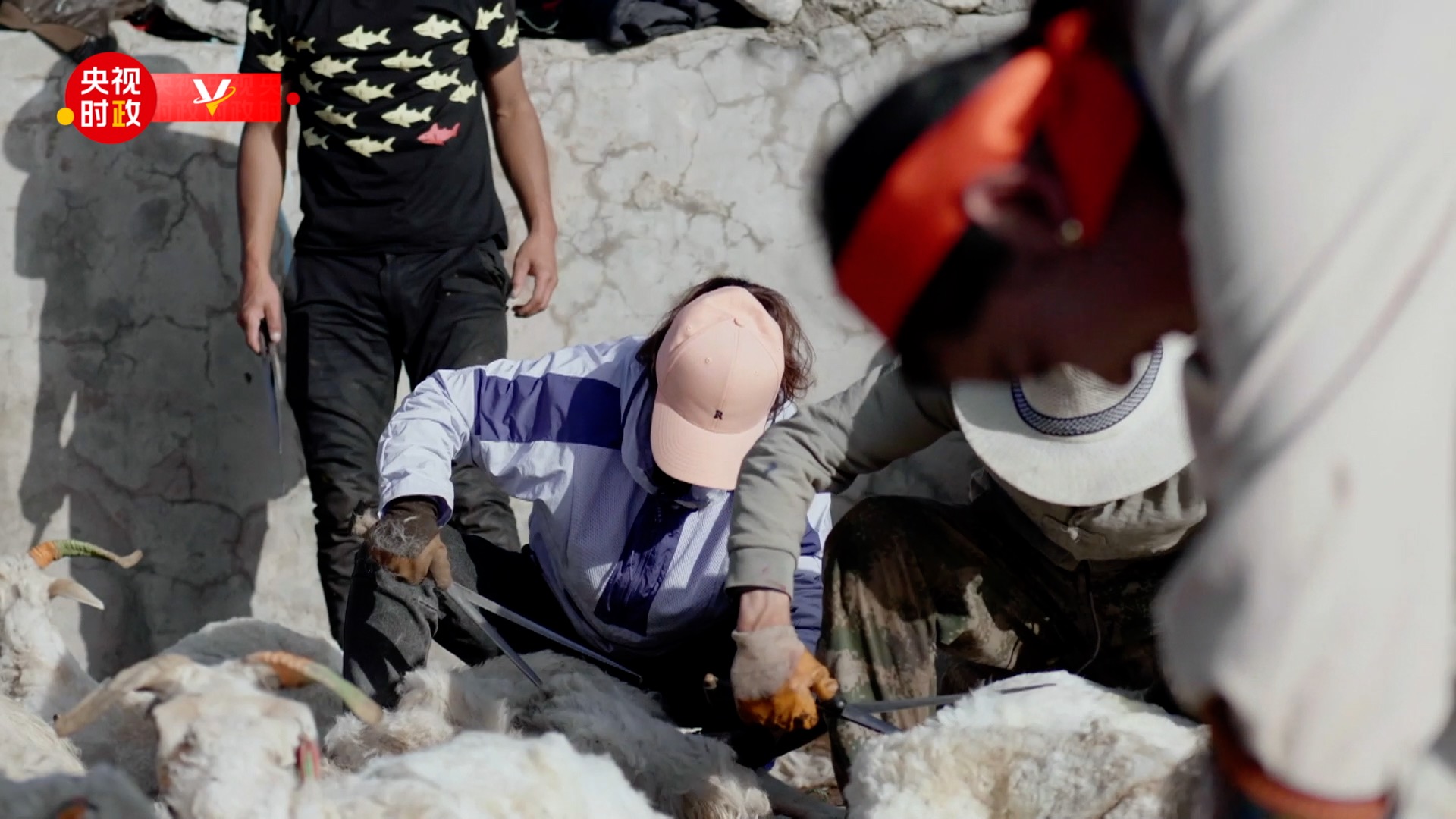
Sheep shearing (Photos: CCTV)
From hand-knitting to machine-woven, from large-scale production to customization, from customized mode to intelligent manufacturing, Shengyuan carpets continuously integrate the most advanced technology and concepts into traditional industries.
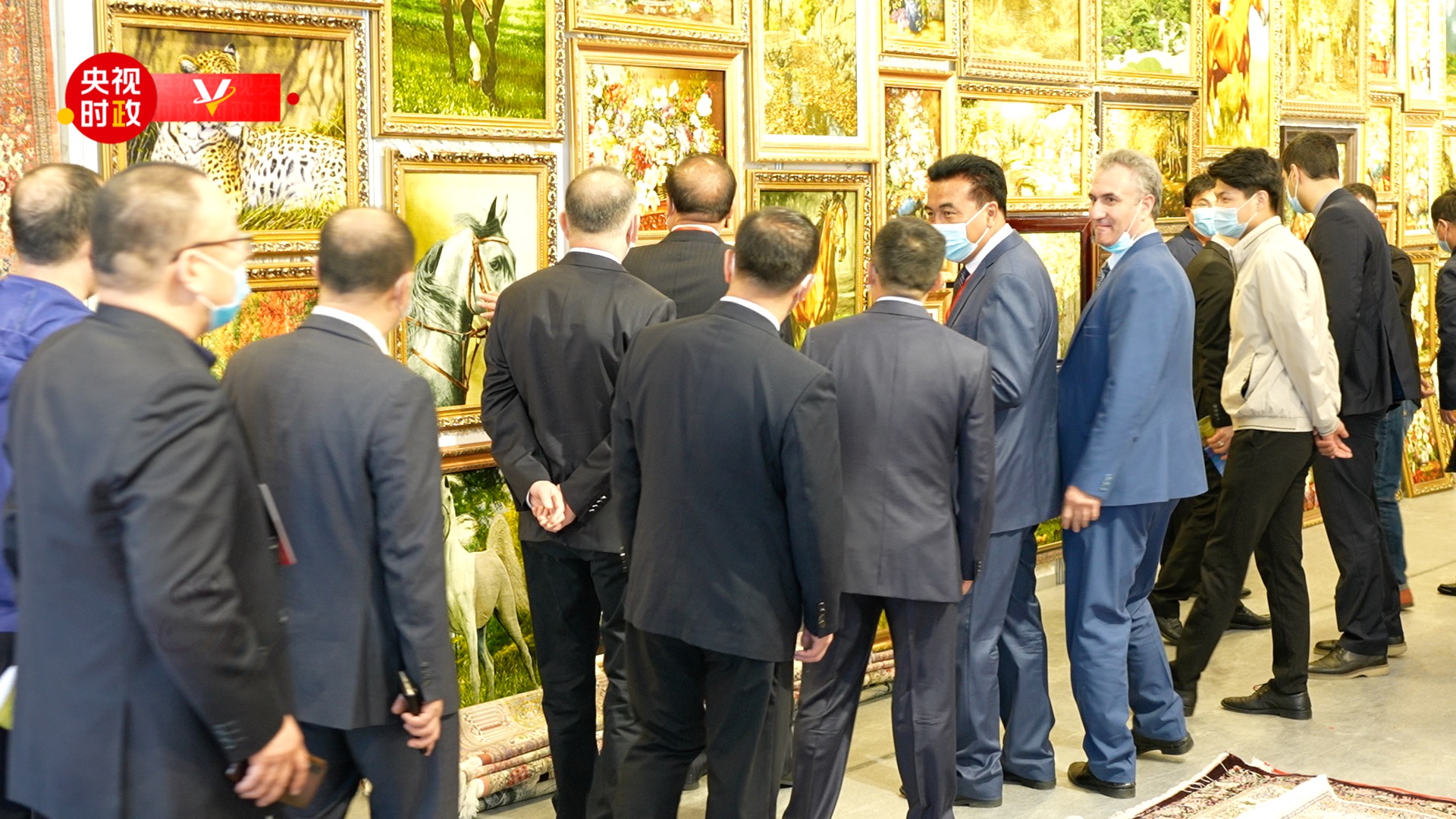
Tibetan carpet trade
Its products are exported to Australia, Europe, the Middle East, and North America, covering more than 40 countries and regions. In 2020, the output value reached 42 million yuan ($6.6 million).
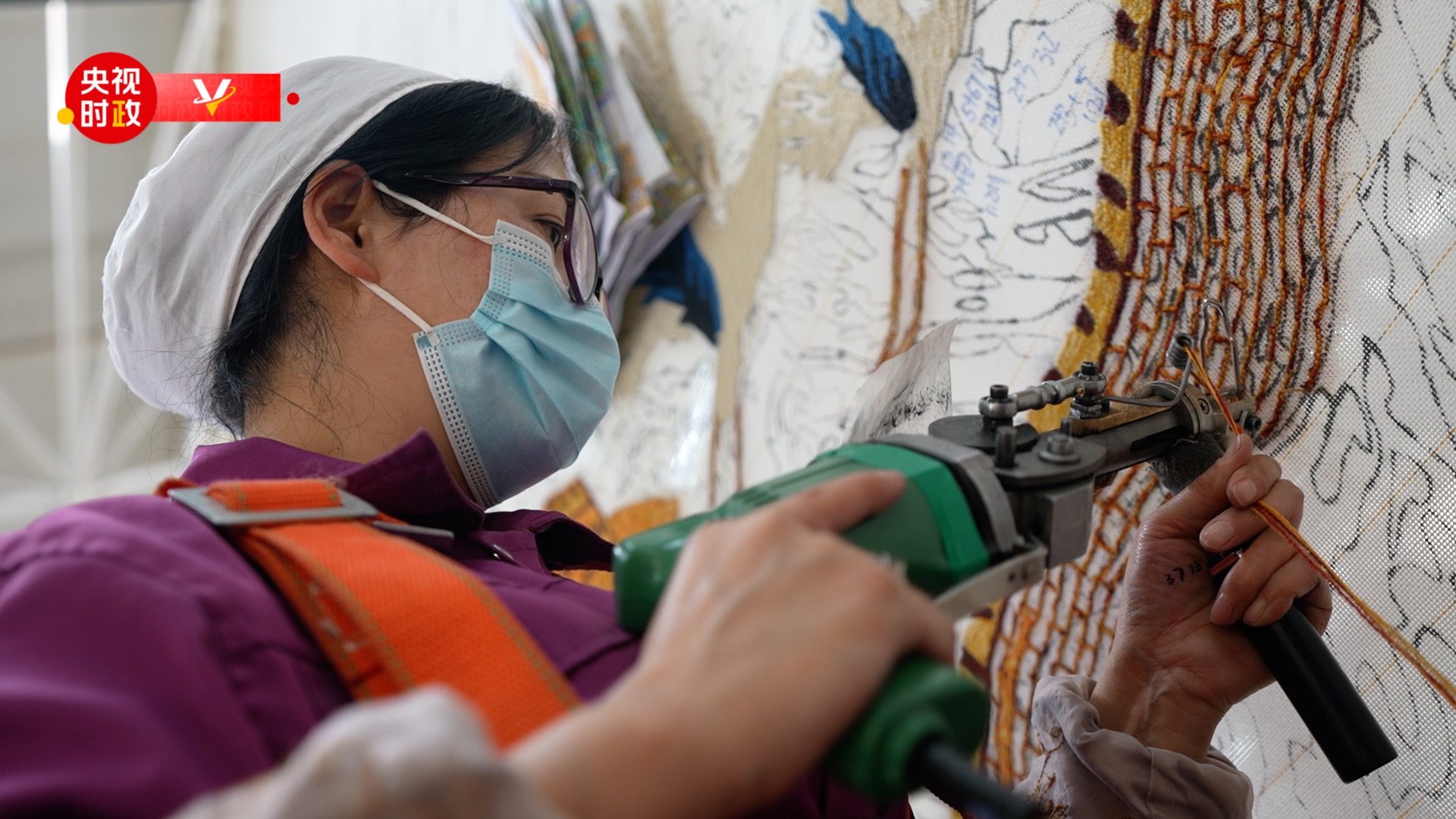
The weaver of the manual bayonet makes a carpet pattern
Shengyuan strives to shape a "world-class Tibetan carpet production base" and help plateau characteristic industries to go global with a "golden business card."
Cold resistance to 'personalized customization'
Tibetan carpets are a necessity for nomads in the alpine region to resist the severe cold. Its weaving history can be traced back more than 3,000 years ago, and its prototype is an original carpet called Maoxi (woolen mat). The Tibetan blanket has a high weaving density and is easy to carry. When it comes to the functions, the residents put it as "a cushion during the day and a quilt at night. Small pieces can be placed on the saddle."
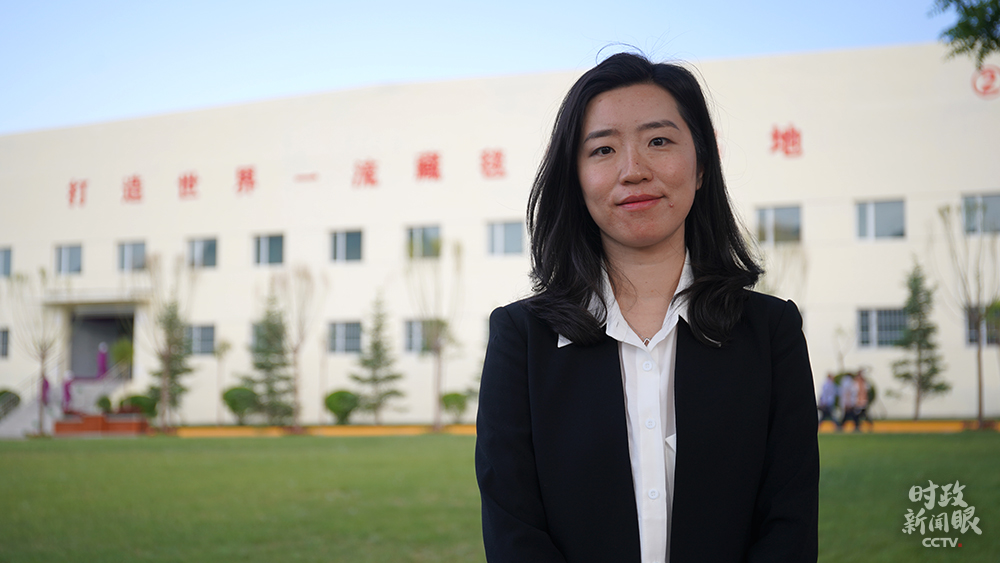
Xue Ting
Xue Ting, chairwoman of Shengyuan Carpet, is an overseas returnee born in the 1980s. In an interview, she said that the company is working with college artificial intelligence teams, using big data to match consumers with different decoration styles of Tibetan carpet designs, with more than 18,000 colors. "Personalized customization" is becoming a new trend in the consumption of Tibetan carpets.
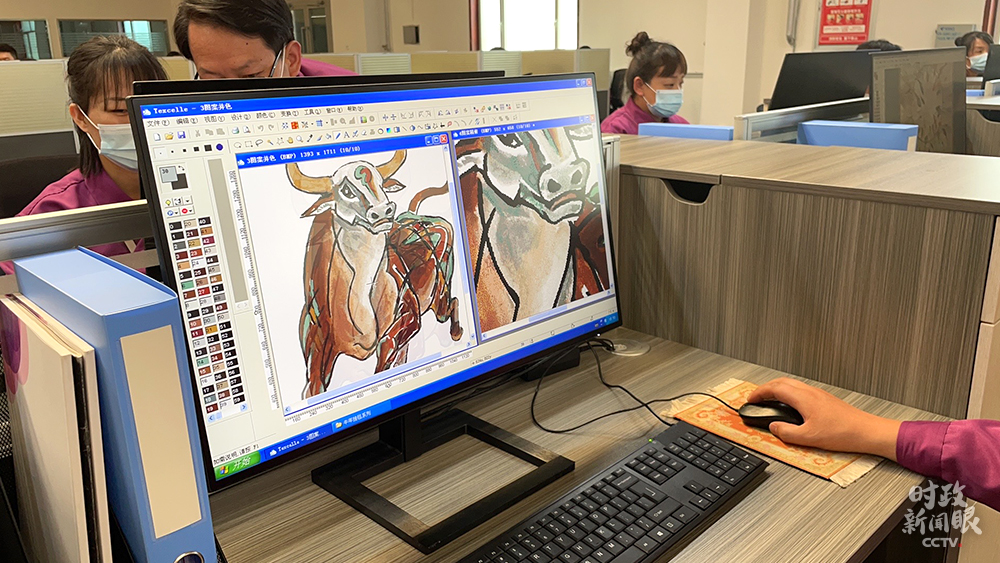
The department for design research and development of Shengyuan Carpet is fine tuning a carpet design titled “Rise in great vigor.”
During the two sessions, the annual meetings of China's top legislature and its top political advisory body, in his discussion with the Qinghai delegation this year, Xi stressed the importance of adhering to ecological priority, promoting high-quality development, while combining them into high-quality life. A small Tibetan blanket is a vivid practice.
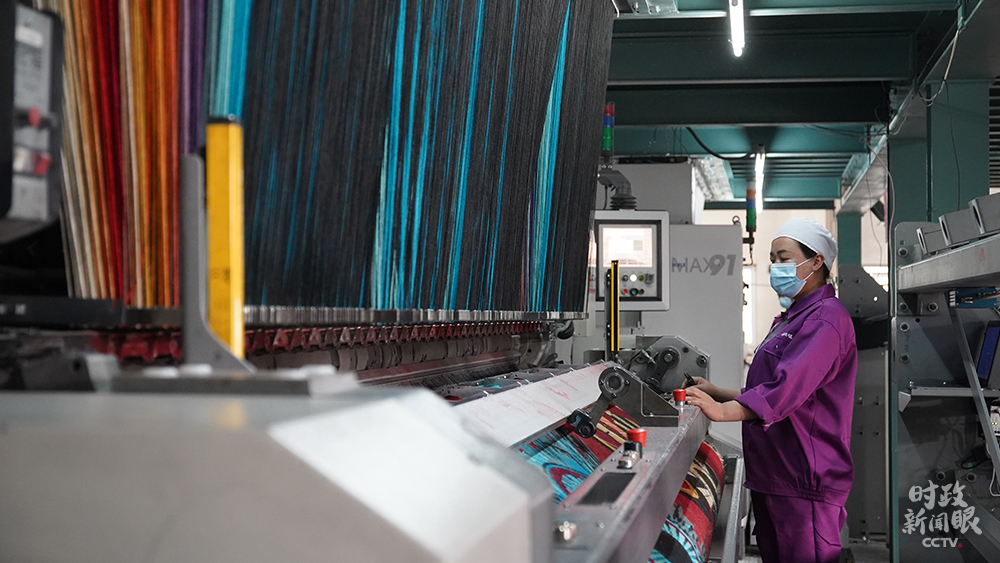
Axminster carpet loom in the middle of operation
Power unleashed from ‘culture plus industries’
Xi pays particular attention to the development of industries in ethnic regions. When he took part in a deliberation with lawmakers from Qinghai Province in 2016, he noted that efforts needed to cultivate advantageous industries in ethnic areas, orderly develop advantageous resources with characteristics in ethnic areas, and enhance the capacity for self-development and sustainable development in ethnic areas.
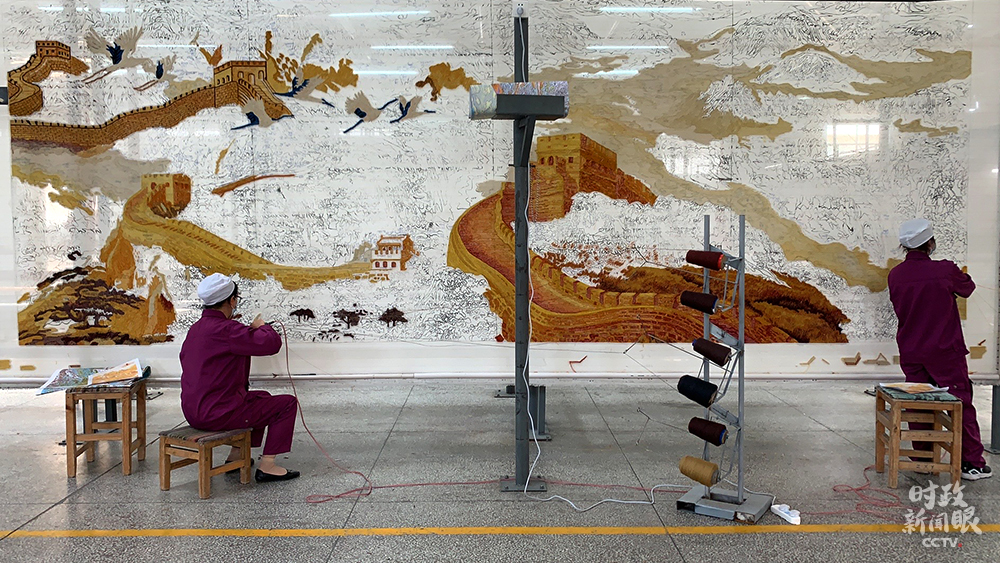
Based on the Great Wall, two weavers of the manual bayonet work on a Tibetan carpet. It takes them two months to complete the piece, covering almost 14 square meters.
Just like the Miao embroidery that Xi paid attention to in Southwest China's Guizhou Province in February, Tibetan carpets are both traditional and fashionable. They are both culture and industry. They can promote traditional culture, while accelerating rural vitalization.
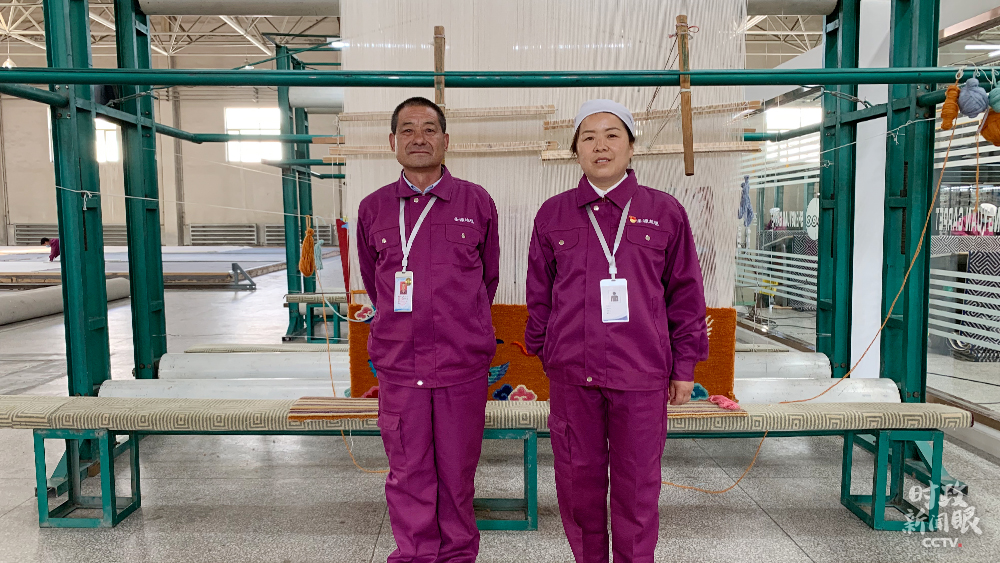
Yang Yonglian and his apprentice Hao Wenlan
Yang Yongliang, 59, is a technical consultant of Shengyuan. He is also the seventh-generation inheritor of intangible cultural heritage of the Jiaya Tibetan carpet, a state-level intangible cultural heritage, in Jiaya village, Huangzhong county, Qinghai Province.
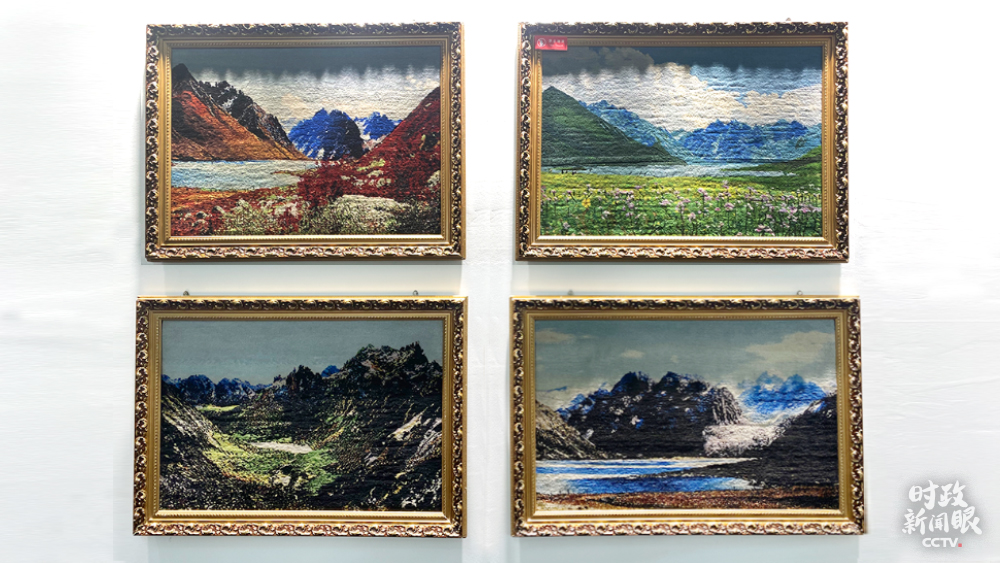
Tibetan carpets works
In 2006, the Jiaya Tibetan carpet was enlisted in China's first batch of intangible cultural heritage. This long-forgotten skill has regained its brilliance. Merchants come here, and more young people join the weaving team.
(Compiled by Dong Feng; Source: CCTV)


